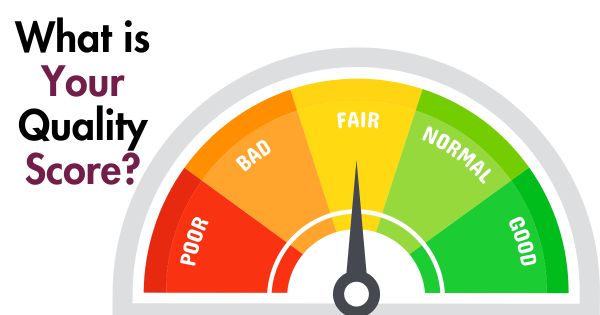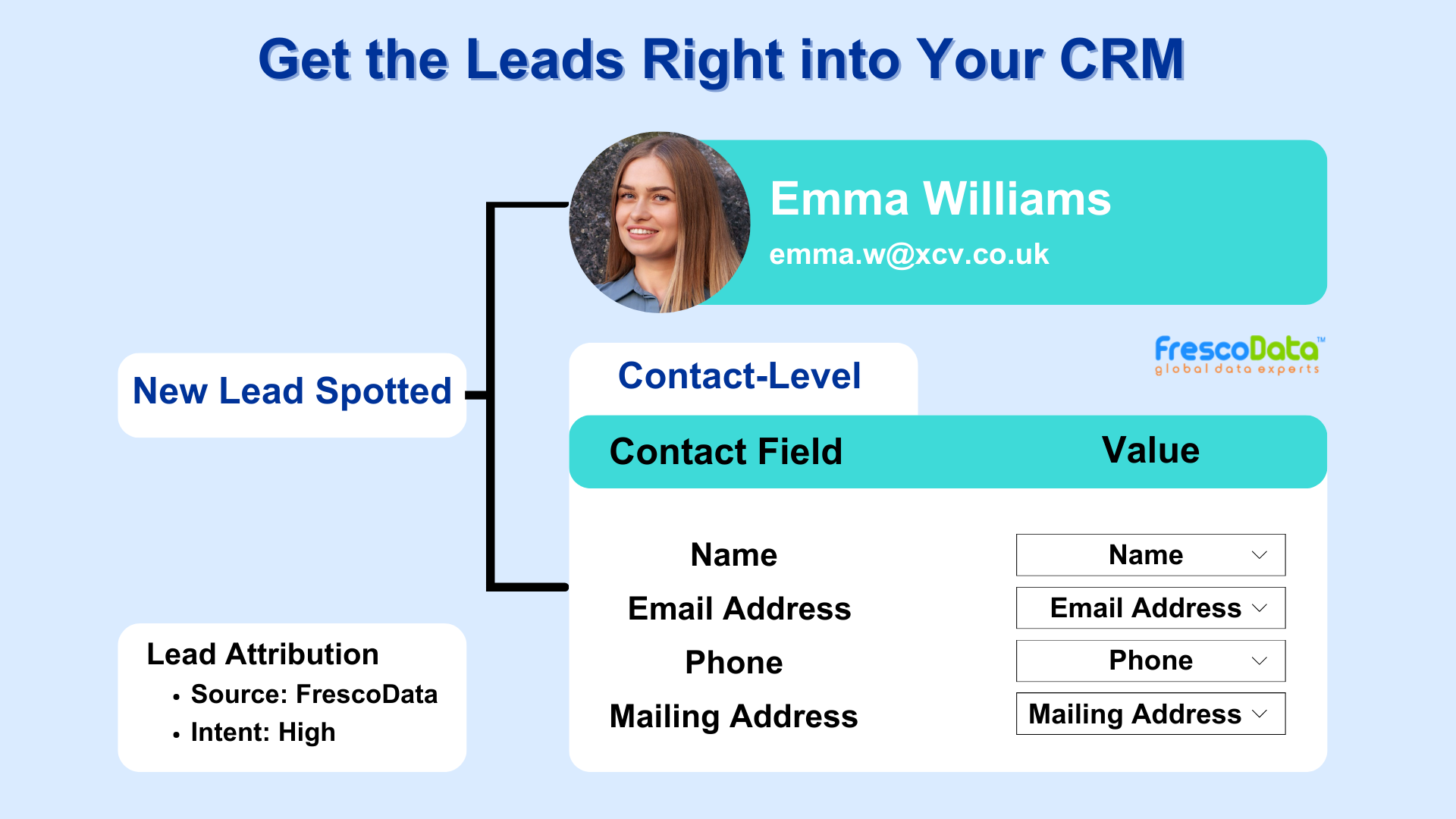What is Quality Score?
Quality Score is a metric used in online advertising platforms, particularly in platforms like Google Ads, to measure the relevance and quality of advertisements, keywords, and landing pages.
It plays a significant role in determining the placement, visibility, and cost-per-click (CPC) of ads within search engine results pages (SERPs) or other advertising placements.
Quality Score is typically measured on a scale from 1 to 10, with 10 being the highest score. Higher Quality Scores result in better ad positioning, lower CPCs, and improved ad performance within online advertising platforms.
Key Components of Quality Score

Relevance
The extent to which the keywords in an ad campaign align with users’ search queries. Higher relevance indicates that the ad is likely to be more useful and valuable to users.
Ad Click-Through Rate (CTR)
The percentage of users who click on an ad after seeing it. A high CTR suggests that the ad is compelling and relevant to users’ search queries.
Ad Relevance
The alignment between the keywords, ad copy, and landing page content. Ads that closely match users’ search intent and provide relevant information are more likely to receive higher Quality Scores.
Landing Page Experience
The user experience and relevance of the landing page to the ad and search query. Factors such as page load speed, content quality, navigation ease, and mobile-friendliness contribute to a positive landing page experience.
How to Improve Quality Score?
You can improve your Quality Scores and achieve better results in your online advertising efforts by focusing on the following strategies:
Keyword Relevance
Ensure that your keywords are highly relevant to your ad campaigns and align closely with users’ search queries. Use keyword planner to identify relevant keywords and match types that reflect users’ search intent.
Ad Copy Relevance
Craft compelling ad copy that closely matches the keywords in your ad groups. Use the keywords in your ad headlines, descriptions, and display URLs to signal relevance to users and improve click-through rates (CTRs).
Landing Page Experience
Create landing pages that provide a seamless and relevant experience for users who click on your ads. Ensure that your landing pages are well-designed, mobile-friendly, and contain relevant content that matches users’ search intent.
Ad Extensions
Use ad extensions to provide additional information and context to your ads, such as site links, callouts, structured snippets, and location extensions. Ad extensions can improve ad visibility, CTRs, and overall ad performance.
Ad Performance Optimization
Continuously monitor and optimize your ad campaigns for performance metrics such as CTRs, conversion rates, and ad positions. Test different ad creatives, targeting options, and bidding strategies to identify and implement tactics that improve ad performance.
Negative Keywords
Use negative keywords to exclude irrelevant search terms that are not likely to convert or generate valuable traffic. Negative keywords help to refine your targeting and ensure that your ads are shown to users who are most likely to engage with them.
Quality Landing Pages
Ensure that your landing pages provide valuable and relevant content that meets users’ expectations and addresses their needs. Optimize landing page load times, content quality, and user experience to improve conversion rates and overall Quality Scores.
Monitoring and Adjusting
Regularly monitor your Quality Scores and performance metrics in your advertising platform’s reporting dashboard. Identify areas for improvement and make adjustments to your ad campaigns, keywords, and landing pages based on data-driven insights and best practices.
Stay Updated
Recent Blogs

3 Reasons to Buy Email List
Are you hesitant to buy email list for your business? Some would say buying an email list ...
November 18, 2024
Sales Follow-up Email After No Response!
70% of sales reps don’t follow up with prospects after no response. (Source) Are you...
September 2, 2024
5 CTV Advertising Tips to Get The Most Out of It
Connected TV has opened up many interesting opportunities for advertisers, allowing them t...
August 27, 2024